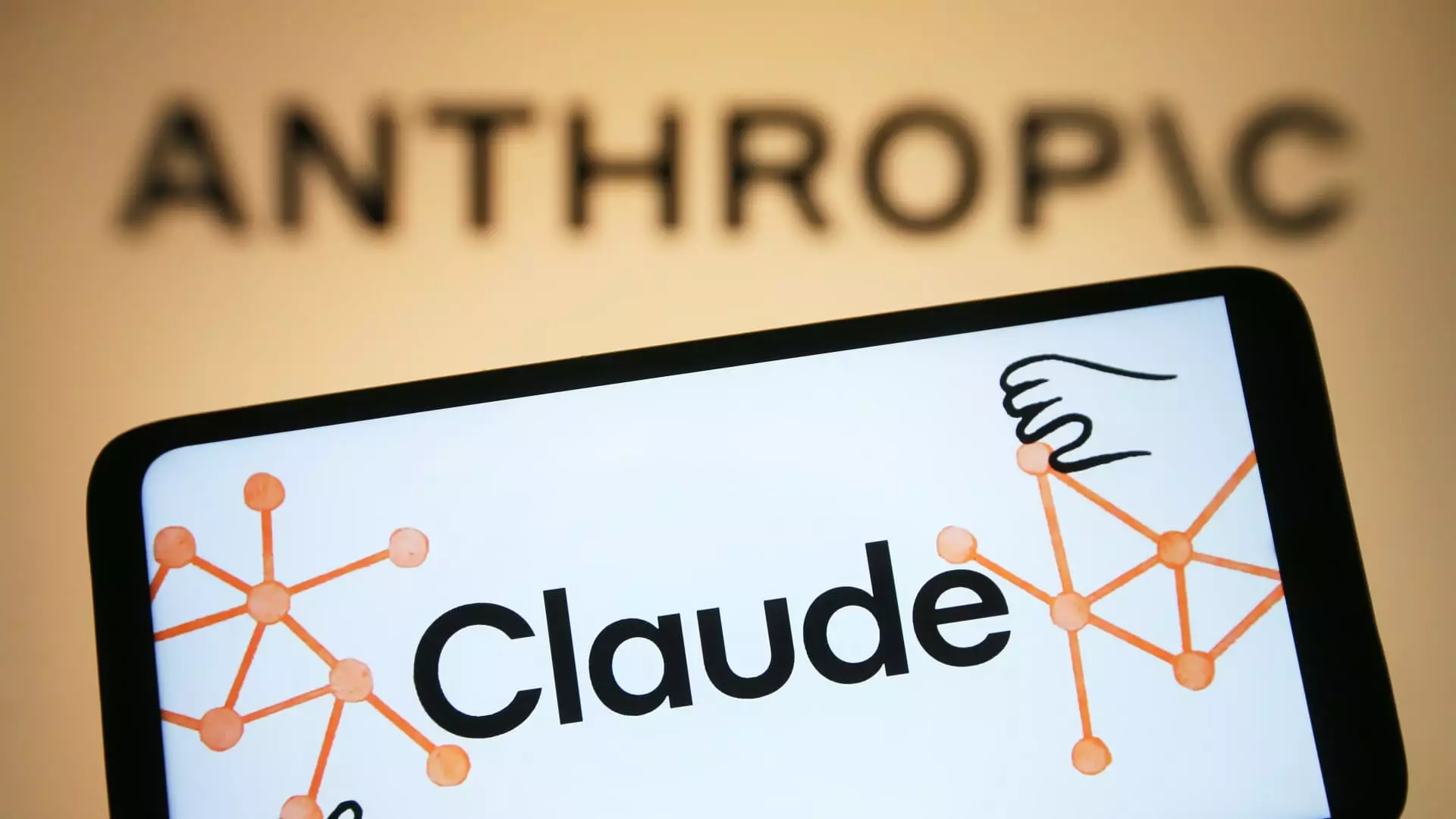In recent times, the narrative surrounding artificial intelligence has been dominated by the image of skyrocketing investment and unprecedented valuations. Prominent firms like OpenAI and Anthropic are celebrated for their record-breaking funding rounds, painting a picture of an unstoppable technological revolution. However, beneath this shiny veneer lies a troubling disconnect. Massive infusions of capital do little to guarantee significant returns or sustainable growth. The myth of perpetual upward momentum in AI funding glosses over the inherent fragility of these ventures and the exaggerated expectations that investors have placed on them. This relentless pursuit of capital, often fueled by speculative fervor, resembles a financial mirage—an illusion that creates the illusion of progress while masking underlying vulnerabilities.
Venture Capital’s Short-Lived Excitement and the Reality of Exits
Despite the abundance of investment, the landscape of profitable exits remains painfully sparse. While some mega-deals, like Meta’s investment in Scale AI, offer temporary bragging rights for early backers, they are exceptions rather than the rule. The majority of venture-backed AI startups are struggling to translate funding into meaningful financial performance. The recent figures reveal a striking imbalance: the first half of the year saw $104.3 billion poured into AI startups, yet the total value of exits was only $36 billion. This stark arithmetic underscores a dissonance—more money is being thrown into the sector than is being recouped through successful acquisitions or IPOs. For a field so heavily fueled by optimism and high valuations, this disconnect is not just a warning sign but a potential ticking time bomb that could reshape investor confidence.
The Illusions of Infrastructure and Application Markets
One might assume that infrastructure plays a decisive role in the AI economy, but recent developments reveal a different picture. CoreWeave’s IPO, which soared 340% in a single quarter, has been hailed as a rare bright spot, but such instances are few and far between. Most investments have concentrated on niche application layers—vertical solutions that address specific enterprise needs—rather than broad infrastructure. These smaller deals tend to generate quicker returns and fit into existing corporate workflows more seamlessly. Yet, this strategy also reveals a fundamental flaw: AI startups are increasingly dependent on being acquired rather than achieving sustainable growth or independence through public markets. The prevalent “bolt-on” acquisition strategy points to a sector still trying to find its footing, constantly relying on larger players to buy their way into future valuation boosts, rather than building self-sustaining companies.
The Macro Economic Troll in the AI Garden
The broader macroeconomic environment acts as an unpredictable wild card. As liquidity dries up globally, despite the fervor within AI investment circles, other sectors such as fintech, crypto, and cloud software have experienced significant declines. The slowing down of funding outside AI hints at a growing realization among investors that not all sectors are equally promising, and that AI’s current elevation may be at least partly fueled by a speculative bubble. The lag between investment and actual profitable exit strategies raises questions about whether this youthful sector can sustain its ballooning valuation without catastrophic correction. Meanwhile, the hope that rising interest rates and economic instability might temper enthusiasm implies a fragile foundation for AI’s growth narrative.
The current environment invites a sobering reflection: AI’s market fervor is more about chasing headlines and fleeting valuations than building a resilient technological ecosystem. The inflated valuations, mostly speculative funding, and limited real-world exits spotlight an industry that is still searching for its true value—and possibly, its maturity. Public optimism may continue, buoyed by innovations and the allure of massive profits, but vigilant realism demands acknowledgment of the systemic risks, overvaluation, and the likelihood that many of these investments may eventually crumble beneath the weight of unmet expectations. If we are to avoid another bubble burst, stakeholders need to shift focus from feeding the hype to nurturing genuine, sustainable progress—before the illusion of prosperity turns into a lesson in caution.


Leave a Reply